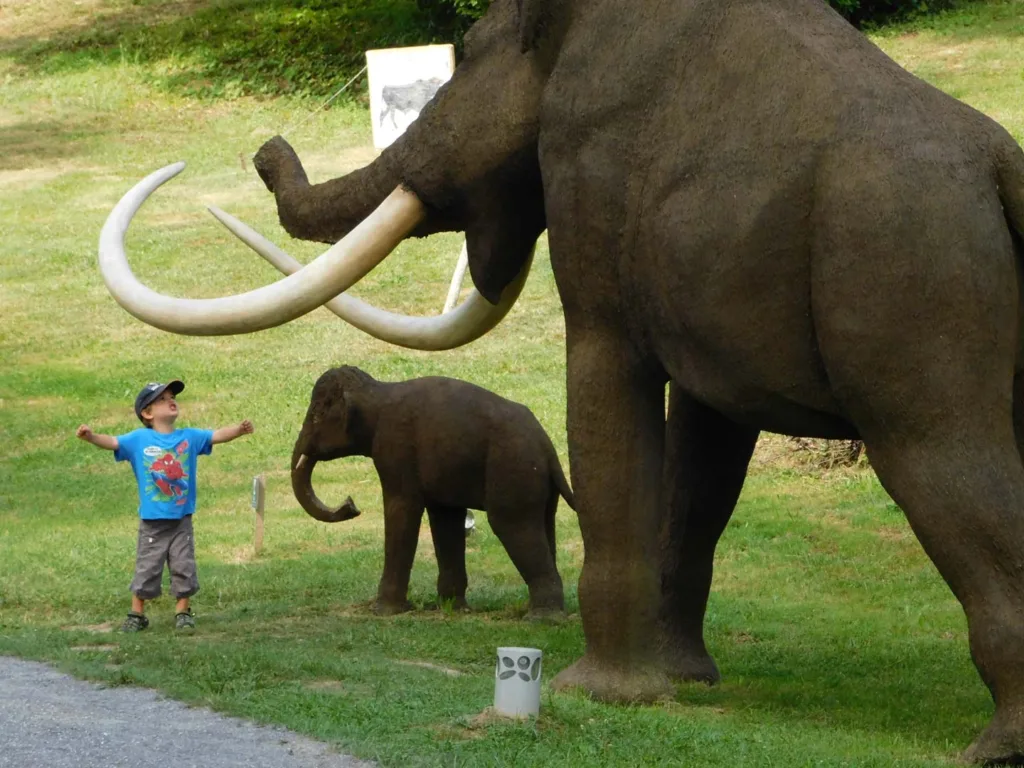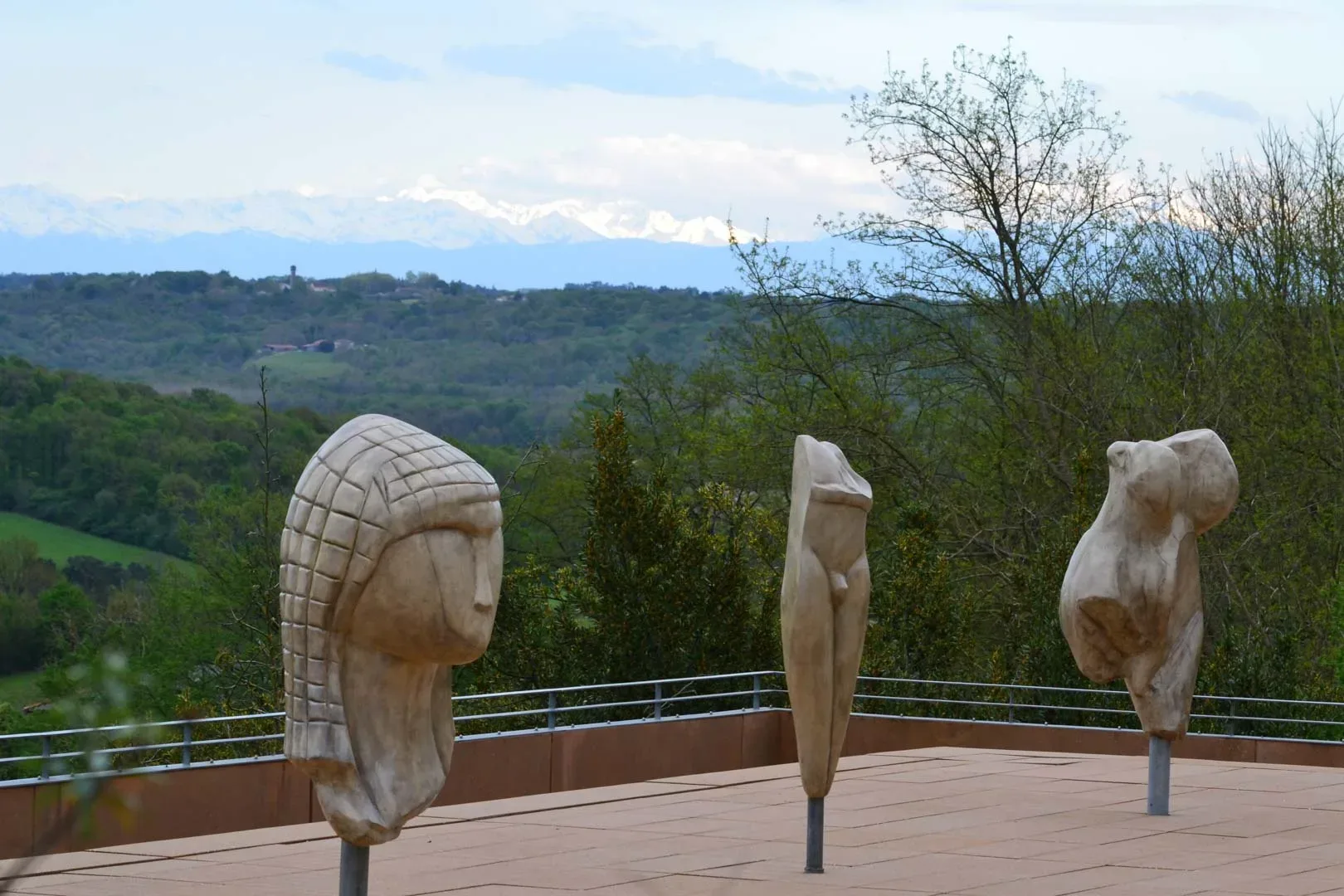Visit the PréhistoSite de Brassempouy, formerly known as La Maison de la Dame, during your holiday in the Landes region. It is located in the small commune of Chalosse, in the Landes department. This museum space is very recent, having opened its doors in 2002 to introduce the world to thehistory of prehistoric archaeology discovered in the area.
Discovering the Paleolithic world
25,000 years ago, Brassempouy was inhabited by antediluvian people. The latter took refuge in a cave, still present in the area, called Grotte du Pape. This cavern served as their home, where they left numerous prehistoric tools, such as flint and bone tools, mammoth ivory figurines, etc., which are now on display in the Maison de Dame.
The discovery of all these ancient things by numerous researchers led to the creation of the Maison de la Dame, now the PréhistoSite de Brassempouy. The museum, located 2 kilometers from the village, retraces the passage of these Paleolithic people through the area. The building takes the form of a mastaba, from which it derives all its architectural distinctiveness. It’s the work of architects Pierre and Eric Raffy, who found inspiration in ancient Egyptian tombs. It blends perfectly with the surrounding environment. The Lady’s house also has a terrace on which three large statues stand out. These are the hooded lady, the belted figure and the Torso, human-sized representations by artist Roselyne Conil.

PrehistoSite de Brassempouy
PrehistoSite de Brassempouy and its archaeological treasures
The Maison de la Dame or PréhistoSite at Brassempouy is best known for the prehistoric artefacts it contains. There are nine mammoth ivory statuettes dating back 25,000 years. Among them is the figurine of the hooded lady or Dame de Brassempouy, measuring just 4 centimetres. It is considered to be the oldest representation of the human face. Other prehistoric statuettes from Europe are also present, but these are still copies.
Statuettes aren’t the conservatory’s only plus. The latter also features prehistoric carvings and ornaments such as pierced animal teeth, including one of a lion, and mammoth ivory decorations. The most astonishing is the bone with a horse and seal head engraving. Last but not least, you can see the tools they used on a daily basis, such as decorated bone spears and flint blades.
